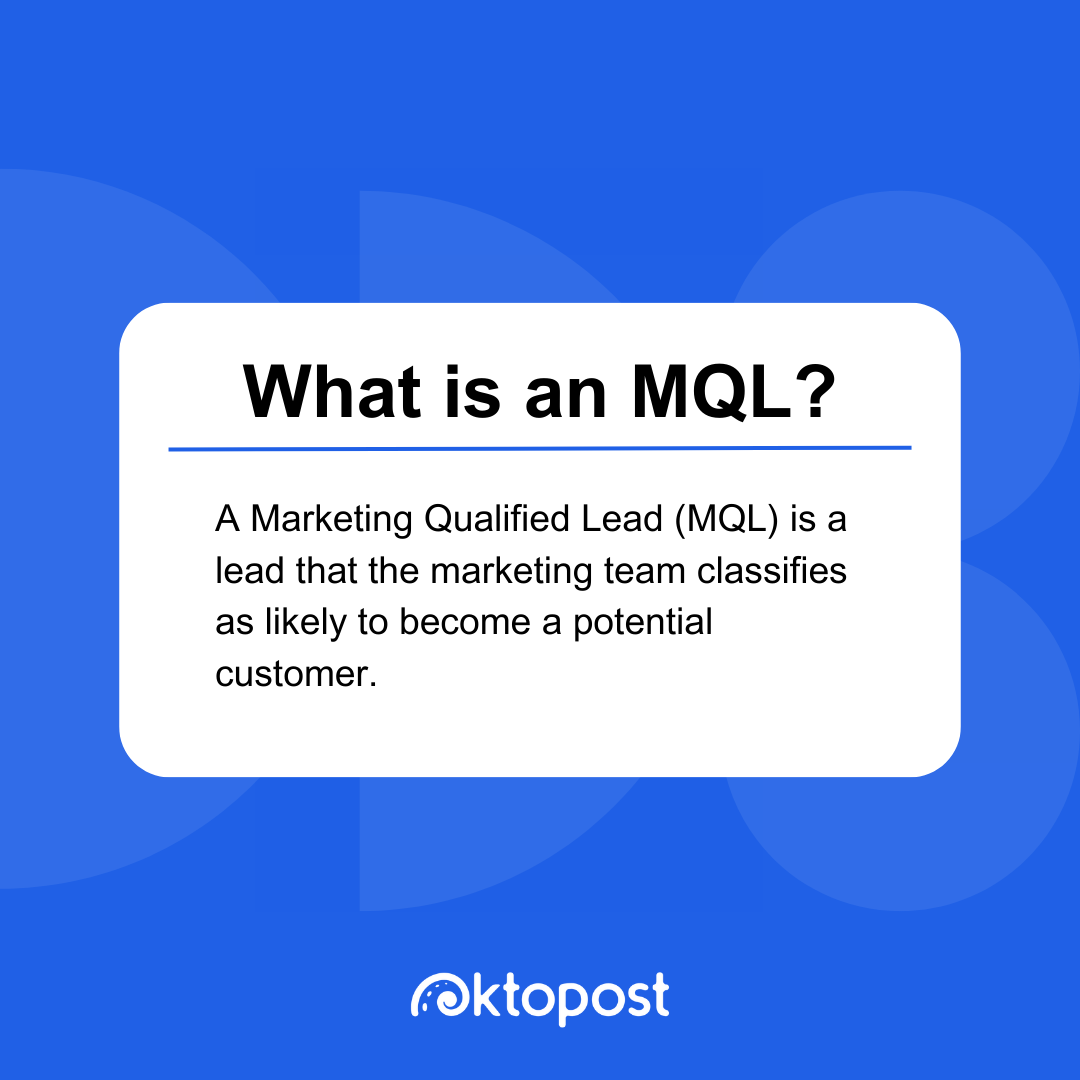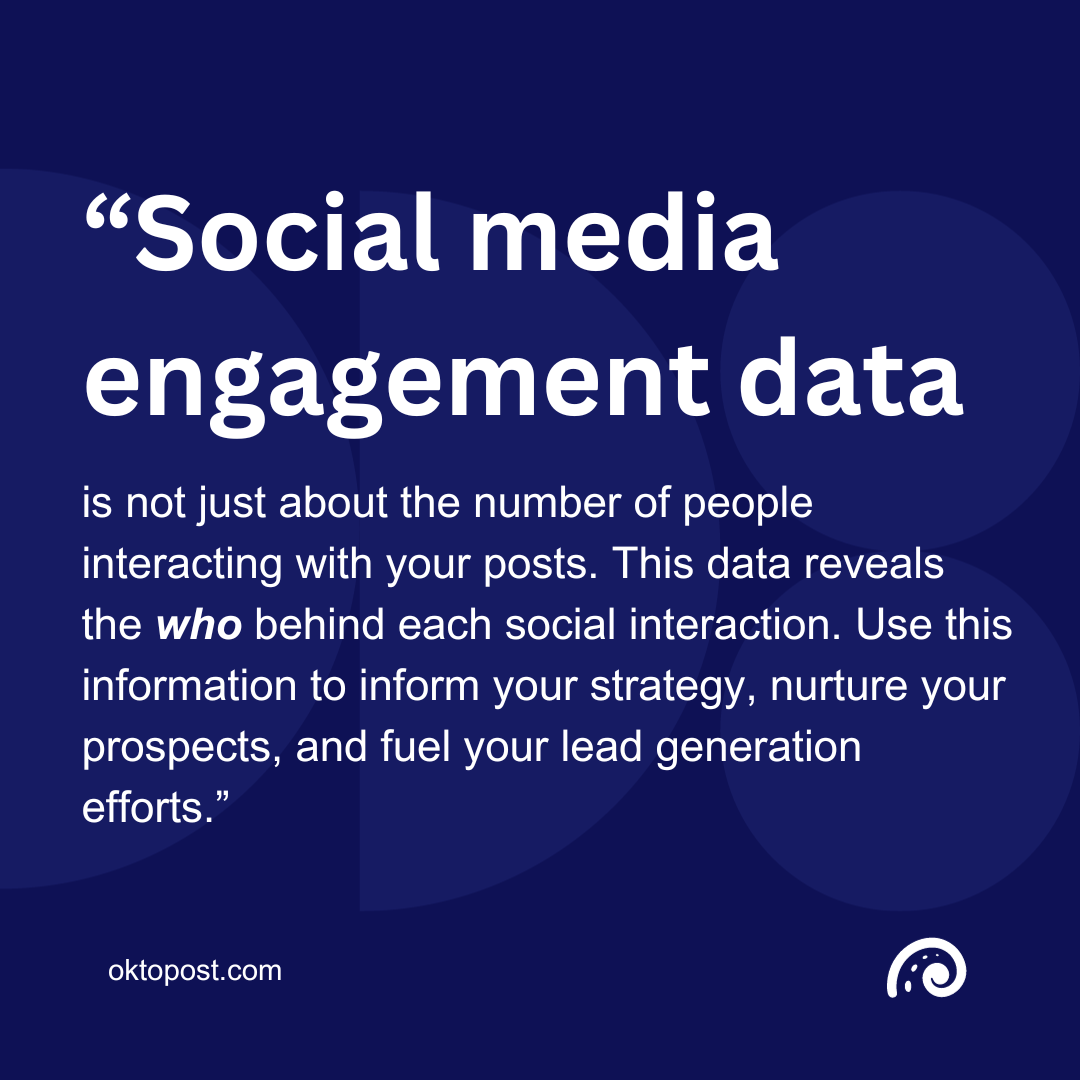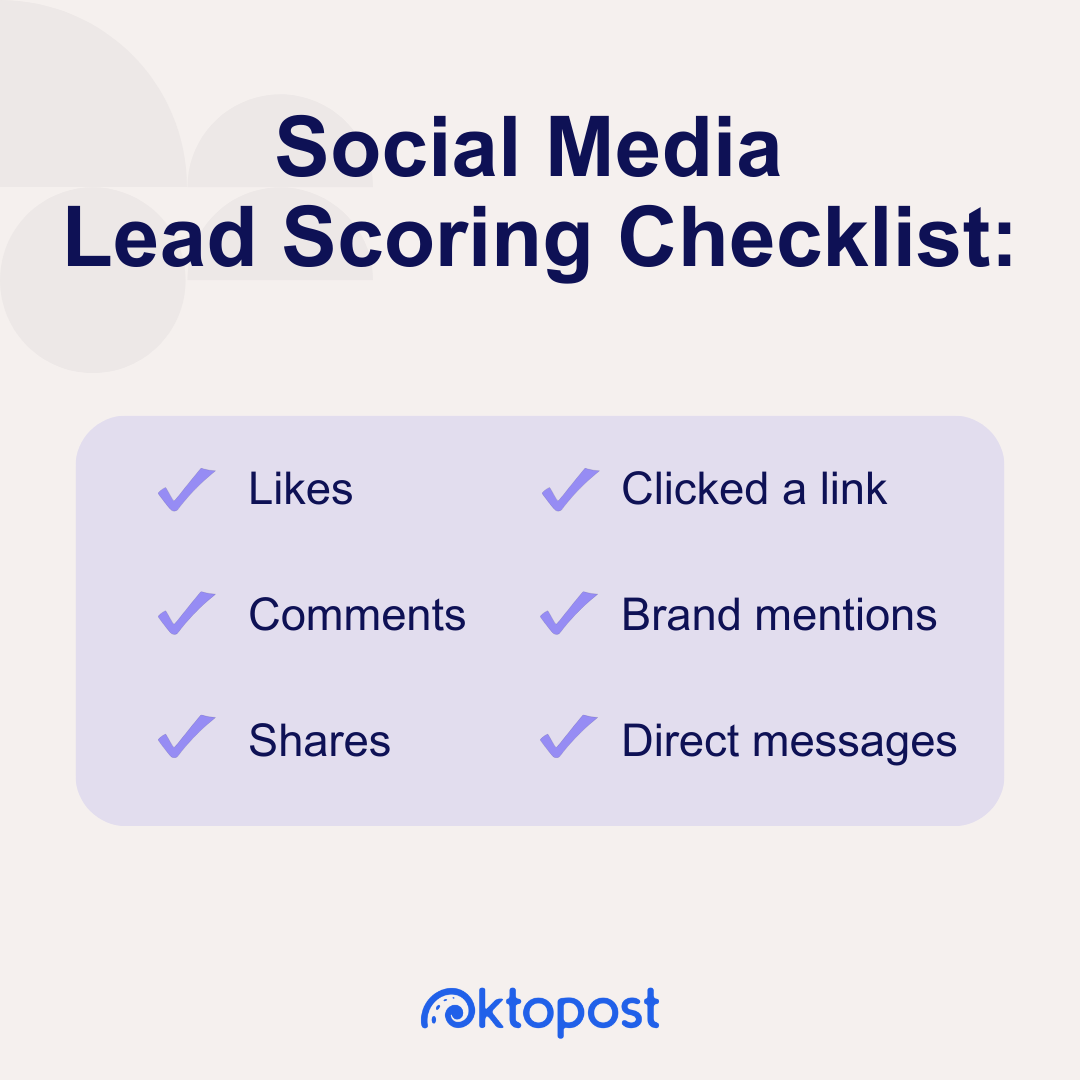Why turning a lead into an MQL is more difficult than ever

Table of contents
In the fast-paced world of the SaaS industry, 2023 has proved to be a challenging year. Leads that once flowed through the funnel have now slowed their pace, leaving marketing teams struggling to meet their KPIs.
Customers have reacted in response to the changing economic climate, and businesses are feeling the impact. With shrinking budgets and executives reevaluating their current tech stack, the threat of losing prospective and current customers is a growing concern. To retain these customers, businesses need to adapt to prove their value and the impact they can have on their customers’ ROI.
Beyond economic challenges, the SaaS industry is also facing the impact of the pandemic on the buyer’s journey. Buyers in the pandemic entered an era of ease, convenience, and reduced interaction, leaving them less inclined to engage with salespeople. Instead, buyers want a greater connection with brands, and, most importantly, buyers don’t want to be sold to, they want to be educated.
The rules of B2B buying have changed, and to succeed in this economy, one thing is clear: businesses must adapt to survive.
Jump ahead
- What is an MQL?
- Marketing Strategies That Will Help You Gain More MQLs
- Start Generating More MQLs Today
What is an MQL?

A lead becomes an MQL once they have met certain criteria, such as engaging with social posts, downloading content, clicking through a CTA, or interacting with other marketing materials.
Marketing strategies that will help you gain more MQLs
So, how do you get your MQLs to pick up the pace again and move down the funnel?
Here are our top three strategies to help you navigate the climate and boost your lead generation efforts again:
1. Account-based marketing
Account-based marketing (ABM) is a strategic approach that involves marketing and sales collaborating to target and engage specific high-value accounts with tailored marketing efforts designed to meet their unique needs and interests.
ABM is a strong initiative, especially in the current economic climate. It prioritizes building strong relationships with key accounts and gaining a deep understanding of their pain points and challenges. This involves creating highly personalized campaigns encompassing content, messaging, and outreach strategies. These efforts demonstrate your investment in and understanding of your target accounts’ needs, showcasing effective solutions that provide value.
Overall, ABM is a powerful strategy to gain more MQLs because it aligns with what B2B buyers desire most: value, ROI, and personalization. Its tailored, value-driven approach facilitates effective buyer engagement, trust-building, and differentiation from competitors. By prioritizing accounts most likely to convert, you can optimize your time and resource allocation for maximizing MQLs.
2. Building social proof from your customers
The general rule of thumb is that buyers want to see proof that your business is providing value to others before making a purchase decision. And this is even more apparent in the B2B buyer world. Statistics indicate that 92% of customers trust non-paid advice over paid advertisement and roughly 92% of B2B buyers are more inclined to purchase a product after reading a trusted review.
Social proof is a powerful marketing tactic that leverages your customers’ success stories to establish trust and credibility with new prospects. Effective B2B social proof includes:
- Case studies: Dive into customer success stories, showcasing the impact of your product with powerful statistics. In today’s economic environment, this strategy is more critical than ever.
- Customer testimonials and reviews: Repurpose testimonials and reviews from third-party websites such as G2 and Capterra.
- Company logos: Display logos of well-known brands you’ve worked with on your marketing assets, such as your website. It demonstrates your position as a trusted provider, and besides, the industry is competitive, and your target market doesn’t want to fall behind on software their competitors have.
These customer marketing assets not only build trust with new prospects, even when budgets are tight but also nurture loyalty among current customers, reducing churn risk. Allowing your customers to speak positively for your brand can enhance your credibility in the eyes of B2B buyers, in ways that even your fanciest marketing can’t deliver.
3. Doubling down on social media insights
Conversations are now pivotal in the buyer journey. Companies prioritizing meaningful interactions build strong relationships with prospects, demonstrating their commitment to their customers. This approach attracts more leads and increases conversion rates.
This is where social media comes in–it’s the perfect platform to create and access conversations, and at scale. Social media goes beyond marketing; it’s an essential tool for understanding your customers, their needs, and challenges, and revealing insights into their interests and buying intent.
Especially in today’s economy, the in-depth insights you can retrieve from your social media data can help you push the right content to the right people, making all the difference when turning a lead into an MQL. Here’s how you can gather this information:
Social media engagement data
Since buyers spend less time speaking to salespeople in their buyer journeys, social media engagement data is the best place to gather extra information on your prospects that would traditionally be revealed in the buyer journey. And even better, the information you can get from social media engagement data is more timely, accurate, and actionable for you to take your next steps.
Social media engagement insights enable you to identify the topics that interest your prospects. For instance, if a prospective buyer from a company in your target audience engages with content on a specific topic, it reveals their pain points and interests. You can then use this information to segment your audience and build personalized nurturing streams based on these engagement interests. This will allow you to target your audience segments with the right content, positioning yourself as a solution for their needs.
Rather than just monitoring the performance of your social media campaigns, you can reveal who is behind each like, comment, and share. When prospects engage with your content, they leave signals of their interests. This data offers actionable insights to convert these leads into a pipeline of MQLs ready to hand over to your sales team. Better yet, you can hand them over with real-time, accurate data, equipping your sales team with the details they need to position your product as the solution to these prospects’ challenges.

Social listening
Social listening allows you to monitor conversations online about your brand, products, and competitors.
Social listening lets you join conversations online, even when your brand isn’t mentioned. For example, if someone posts online about the difficulties of managing complex email marketing campaigns that are segmented based on their audience type, you can join the conversation and put your brand on their radar by providing tips and best practices that would solve their problems.
From these conversations on social media, you’ll identify potential leads who are interested in searching for a solution and nurture them until they become MQLs.
With social listening, you can reach a broader audience by going to them rather than waiting (a long time, most likely) for them to find your brand online.
Lead scoring
Based on the data you collected from your social media engagement data and social listening, you can use these insights to more accurately score your leads.
Lead scoring refers to the process of attributing scores to certain actions to determine the most qualified leads. And if you want to accurately score your leads, you can’t leave out your social media data.
In the same way you would score other actions such as opening an email, responding to an email, or interacting with your sales team, you should be pulling the same information from engagements on social. Social actions you should score include clicking on a link from a social post, likes, comments, brand mentions, shares, and direct messages.

Each of these actions will have a score determined by your team, and you can use this information to identify the campaigns and social channels that attract high-quality leads, allowing you to tailor your marketing strategy for optimal results and a pipeline full of MQLs.
Even better, you can bring this data into your CRM and marketing automation tools so your sales teams can go into calls equipped with the insights they need to frame the conversation in a way that will encourage the prospect to make a purchase.
Lead attribution
Lead attribution is a method of identifying which marketing channels, tactics, and strategies are generating the most leads. For example, if your LinkedIn marketing is gaining more traction and more qualified leads than your Instagram campaigns, this is information that would help you determine where to place your efforts. Or, if your social media campaigns focusing on user-generated content have resulted in attracting more leads, you can use this information to help drive more leads and, eventually, more MQLs.
Lead attribution is an efficient method of measuring the results of your marketing strategy, and your success on social media. To boost MQL generation, gaining insights into the channels and campaigns that attract prospects enables you to allocate resources more efficiently to the strategies that deliver results.
Leveraging social media beyond just posting content is crucial for your marketing strategy and increasing MQLs for your business. By analyzing social media engagement data and employing social listening techniques, you gain a real-time understanding of your customers’ preferences, eliminating the need for guesswork. As a result, you can refine your strategies through lead scoring and attribution methods.
Recommended for further reading
Start generating more MQLs today
In today’s economic landscape, generating more MQLs in the SaaS industry lies in adapting to the changing needs of B2B buyers. This has forced businesses to use alternative approaches to prove their value to customers, personalize the buyer journey, and distinguish themselves from competitors.
Account-based marketing fosters strong relationships, while social-proof marketing builds credibility with prospects. Social media is a goldmine of invaluable insights in lead generation and marketing strategies. It provides real-time, actionable information about your target audience’s pain points, interests, and challenges, enabling more accurate lead scoring for higher conversion rates. This unique window into your audience’s mindset empowers you to refine strategies, boost brand engagement, and ultimately generate more MQLs in today’s economy.
Contact us today to explore how social media insights can help you generate more MQLs.




